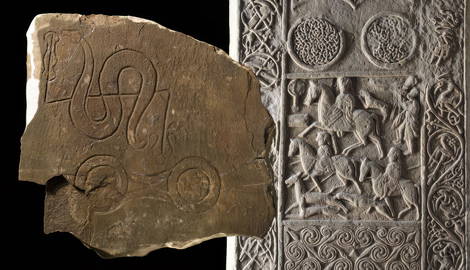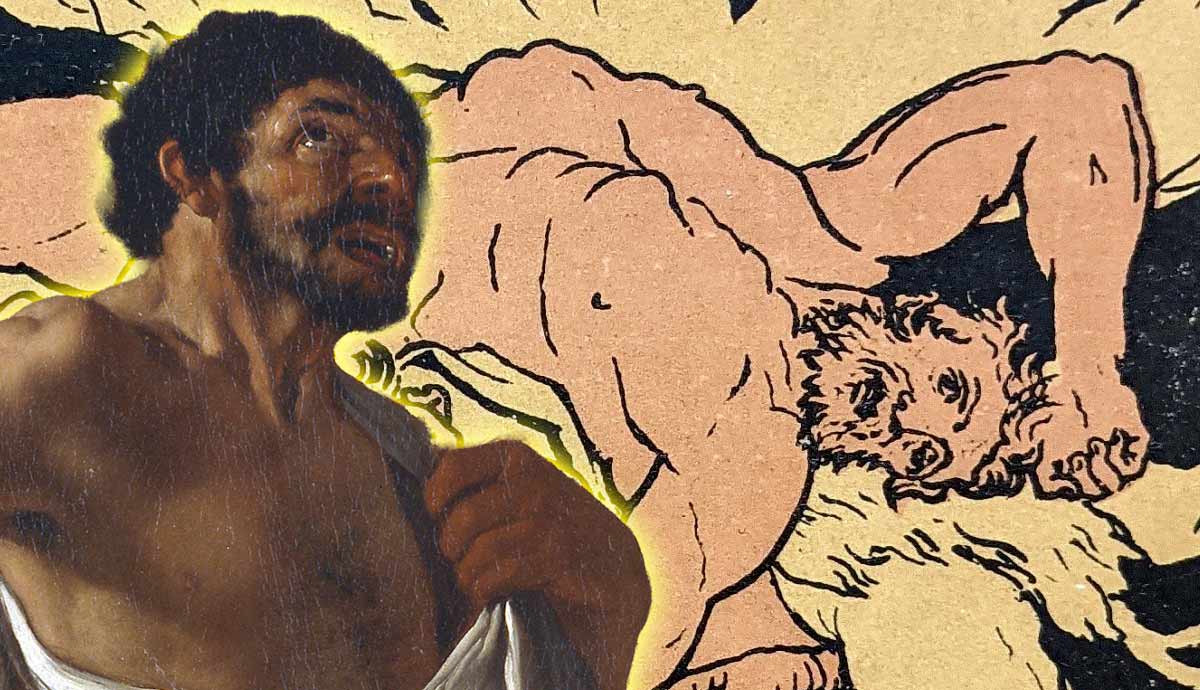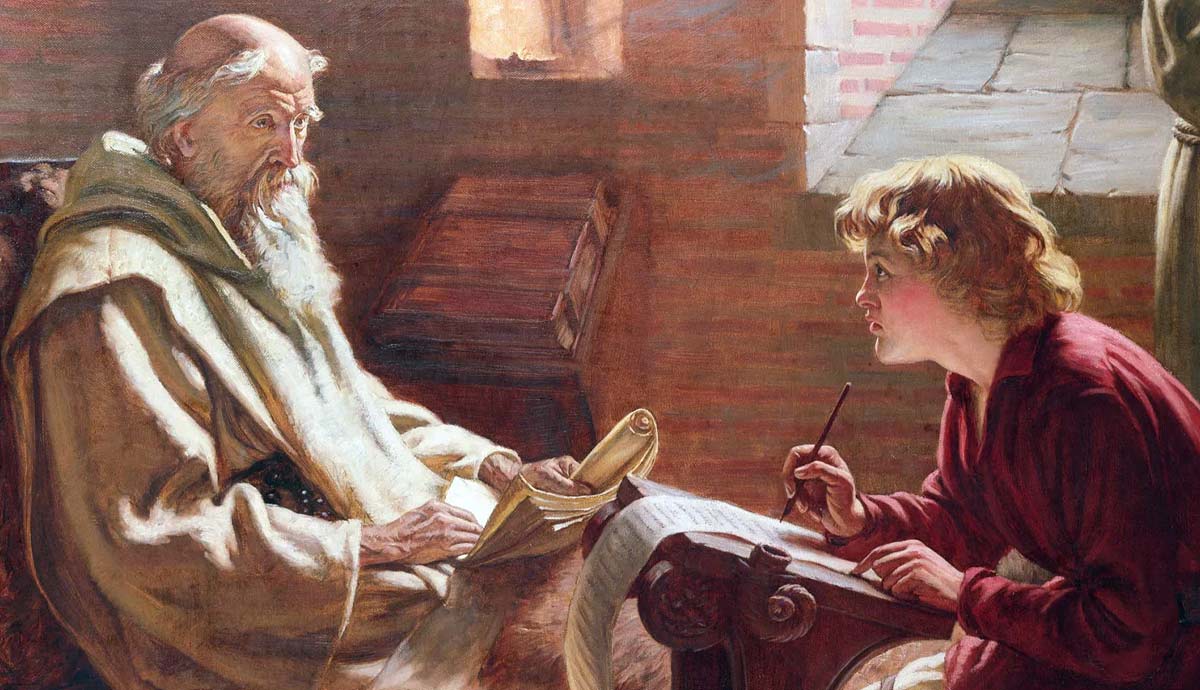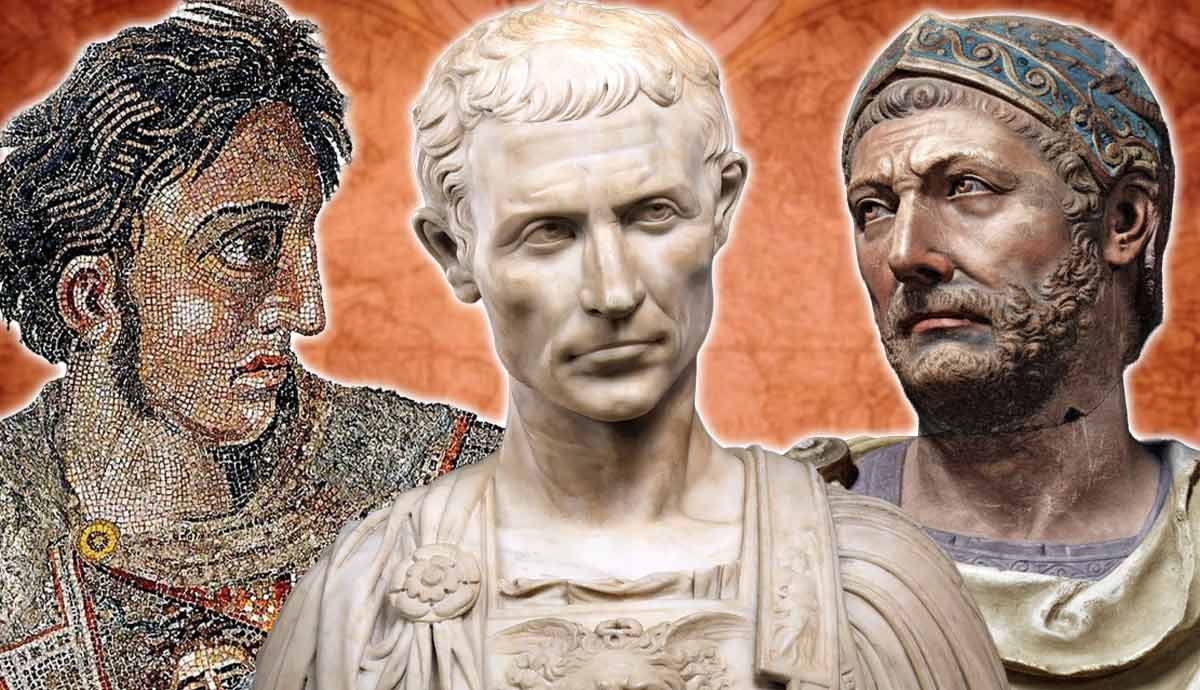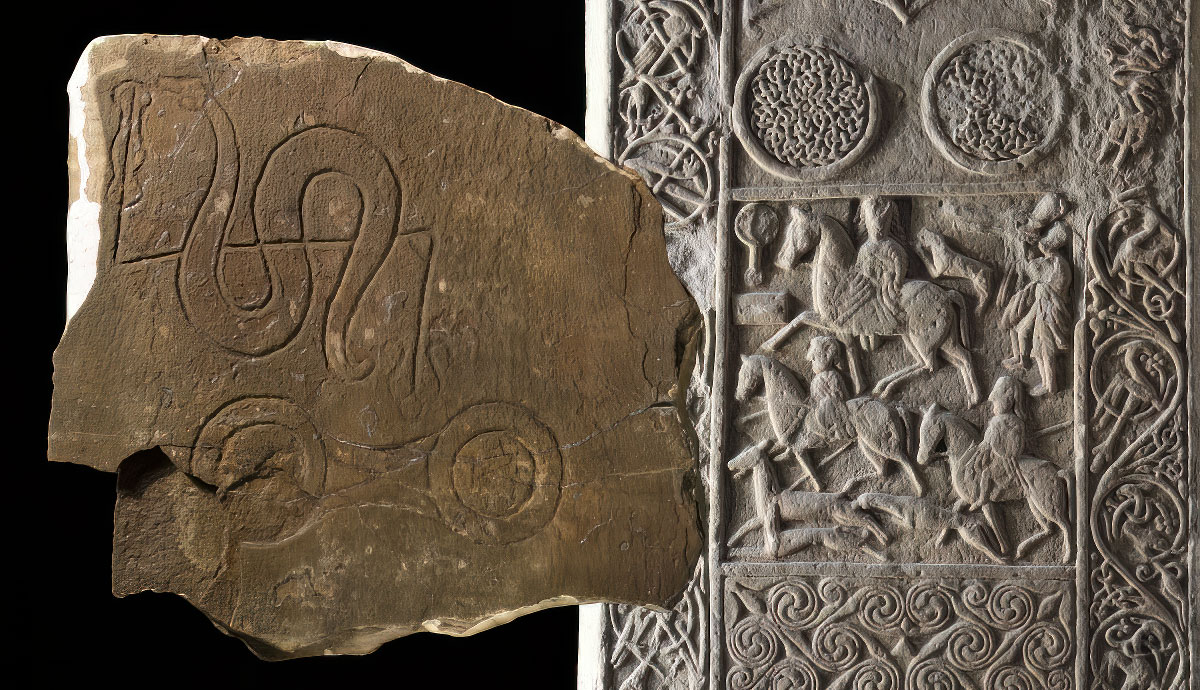
Occupying the mist-shrouded lands of what is now northern and eastern Scotland, the Picts were as mysterious to their contemporaries as they are to scholars today. With their history very much resembling their shrouded lands, Picts left virtually no written record behind. However, they did leave the so-called Pictish stones — perplexing and awe-inspiring stones — protruding from these once-sacred lands. Before plummeting into the types of Pictish stones, one has to understand their history.
The Picts: Who Were the People Behind the Pictish Stones?

So who were the people that engineered these standing relics of the past? The Picts were an Iron Age society that existed between 300 and 843 CE. However, historian James E. Fraser in his book From Caledonian to Pictland (2009), suggests that the Picts could have existed as early as 79 CE under the moniker of Caledonians. To elucidate their diversity, the Picts were a confederation of tribes that found identity in battling a common enemy, the Romans and potentially the Vikings. The term Pict was coined in 297 CE by the Roman writer Eumenius who referred to the Caledonians as “pictus” or “the painted ones”. What the Picts called themselves remains unknown.
More so than the Britons, the Picts were hard to conquer for the Romans. From Flavian I (79-88 CE) to Severan (208-212 CE), the Romans campaigned multiple times against these northern ‘barbarians’ but failed every single time. Not content with failure, the Roman Emperor Hadrian sought to separate the empire from its Caledonian-Pictish neighbors. In 122 CE, Hadrian commissioned the construction of a 73-mile wall across northern Britain, from the Irish Sea in the west to the North Sea in the east. This wall became known as Hadrian’s wall. A constant reminder of the Picts’ prowess over the Romans, the Hadrian’s wall remnants still stretches across the land today.
Friendly or Bloody Viking Invasion?

Around 800 CE, the Picts would be encroached upon by the Vikings in northern Pictland. Whether that was peaceful or not is still speculated. There are three hypotheses on the interaction between Vikings and Picts on Orkney, Shetland, and the Western Isles. The first view suggests that the Scandinavians migrated peacefully and relatively on a small scale. Eventually, the Norse would begin to dominate the lands politically, linguistically, and culturally, as supported by modern-day Scotland’s place names. However, this view relies on the Orkneyinga Saga and Historia Norwegiae, which are not the most reliable historical accounts.
The second view suggests that there was a long tradition of peaceful migration before the Viking Age, and no distinction between the Picts and Norse was necessary. However, both previous views are outdated and lack reliable evidence.
Instead, James H Barrett in Land, Sea and Home (2018) suggested that constant warfare did occur between Scandinavian, Scottish, and Pictish factions. There is ample archaeological evidence to support that the Picts did not meet the Norse migration with open arms but rather violence. In 839 CE, the Pictish royal family was wiped out by the Vikings, resulting in competition for kingship. Kenneth McAlpine, King of the Gaels of Dál Riata, would become King of the Picts in 849 CE. The Vikings would return in 867 CE and conquer the Anglian Kingdom of Northumbria, resulting in the Picts and Gaels being surrounded. Following years of instability and tension, the Pictish King Causantín mac Cináeda would finally defeat the Vikings at Strathcarron in 904 CE. Despite this victory, however, the Pictish culture was already intertwined with the Gaelic and the Norse.
Pictish Stones

Among the most enduring legacies of the Picts are their intricately carved stones scattered across the Highlands of Scotland. Although most of what we know about the Picts derives from these Pictish stones, the Picts also left behind forts and burial grounds. However, the stones are what fascinate most scholars today.
What was the purpose of these stones? Did they depict stories of nobility, tribes, deities, and great battles? Did they serve as marks of power? The first attempt to understand and classify the stones based on their iconography, level of detail, and sculpting techniques was in 1903. The Pictish stones were categorized into three classes: Class I, Class II, and Class III. However, as demonstrated in Pictish Progress (2010), a compilation of works related to Pictish studies, this system has defficiencies. Despite the complexity of Pictish archaeology, the basic classification system is still valuable in identifying the artistic evolution of the Pictish stones throughout time.
Class I:

It was traditionally believed that Class I stones or ‘symbol stones’ were erected between the 5th and 7th centuries. However, thanks to a collaboration between dating experts from the University of Aberdeen and the National Museum of Scotland, the dating has been pushed back to the 3rd and 4th centuries. Class I stones are decorated with zoomorphic images such as wolves, boars, birds of prey, and even aquatic beasts. The most well-known of these artistic representations is the Pictish Beast.
Class I stones are also decorated with more abstract symbols interpreted as chariots, cauldrons, shields, sun discs, mirrors, and humanoid figures. Characters from Ogham — the ancient Irish alphabet — also appear on Class I stones. All of these decorations are incised onto the unworked surface of the stone, corresponding to the oldest period of Pictish sculpture.
The function of Class I Pictish stones, especially the ones with humanoid figures, has long been debated in the academic community. Yet, the question of whether the stones were boundary markers, commemorations to the deceased, or symbols of a past belief system that acted as a defense mechanism against the Christianisation of Scotland remains. Although the Picts carved their symbols onto the stones, they didn’t carve the meaning of the symbols or leave anything behind to help decipher such work.
Class II:

As time marched, so did the complexity of Pictish stones. Unlike Class I, Class II Pictish stones or ‘cross slabs’ are often rectangular-shaped stones accompanied by intricate carvings in relief. Class II stones would feature Christian symbols, crosses, and Pictish iconography. It was not uncommon for Class II stones to have a cross centered on one or both sides and be surrounded by Pictish iconography. Additionally, the more extravagant Class II stones displayed hagiographical and biblical stories. However, as evident with the Hilton of Cadboll, Class II stones can display events relating to what is interpreted as Pictish nobility. Class II are believed to have been developed around the 7th and 9th centuries, when Pictland was under consistent Christianisation, likely from Irish and Roman missionaries of Iona and Northumbria. As reinforced by William Cummins in his book The Picts and Their Symbols (1999), although Class II stones have Christian iconography, that does not mean that all of the Picts accepted Christianity. Hence, Class I stones being revitalized in specific regions of Pictland.
Class III

Unlike Class I or Class II, Class III Pictish stones lacked any pre-Christian Pictish iconography. Manufactured in the 8th and 10th centuries, Class III stones dominated the Pictish landscape due to the Picts being under vast Christianisation while also undergoing colonization by the Gaels of Dál Riata. The Pictish belief system was losing a battle to Christianity, similar to various pagan belief systems around the world. Class III stones were used as grave markers, freestanding crosses, and stone shrines. Unlike their predecessors, Class III stones are much easier to interpret due to the lack of Pictish iconography and their consistent placement in the surrounding landscape. One of Scotland’s most sacred and historical places, Iona Island and the Iona Abbey, can be used as prime examples. Founded in 563 CE by St Columba, Iona Abbey was a place of Christian pilgrimage in the ancient world supported by its relation to the landscape. Increasing its popularity, Iona featured the Street of the Dead procession, a path that mimics the journey of pilgrims to the Church of the Holy Sepulchre in Jerusalem. Additionally, Class III stones were placed along the route to the abbey to serve as teaching aids, preaching crosses, and homage to biblical stories. Despite the lack of Pictish symbols, Class III stones are still very complex in design. In addition to Christian symbols, Class III stones contain representations of likely converted Pictish people, zoomorphic designs, spiritual worlds, and the real world in a carved relief style similar to that of Class II stones.
Pictish Stones: Vanishing Act or Adaptation?

Often romanticized as a ‘lost tribe’ or a people that had seemingly vanished into thin air, the Picts are at the forefront of imagination and inaccurate theories. However, there is an accepted hypothesis proposed by Alex Woolf in his book From Pictland to Alba 789-1070 (2007). By 900 CE, the Picts did not disappear but more appropriately assimilated with the Dál Riata under the first king of Alba, Kenneth McAlpin I. Although that answer is less mystical, it does not take away from the complexity of Pictish history. Due to the merging of Picts, Dál Riata, and eventually, the Anglians, Pictish identity would fade away, and the Kingdom of Scots would be born. The Kingdom of Scots would be a sovereign state for around 850 years and continue to fight against the threat of colonization by its neighbors.
